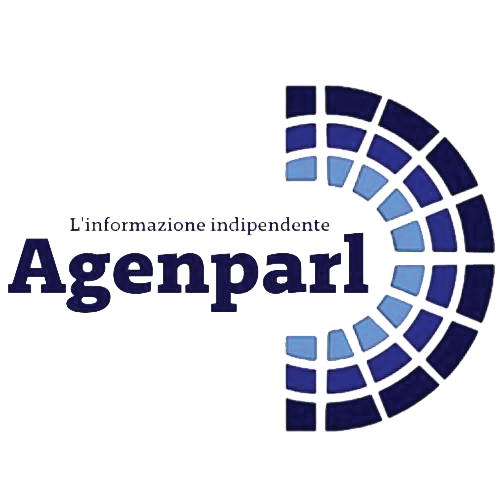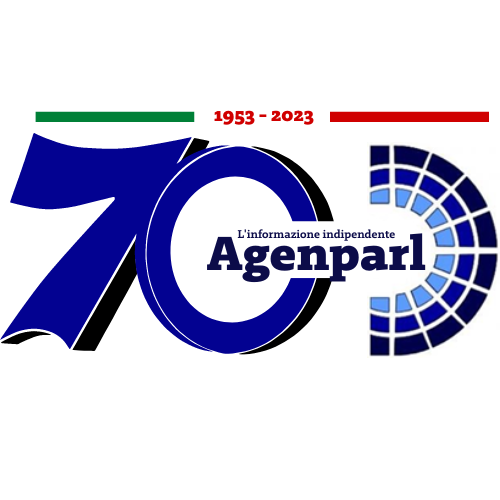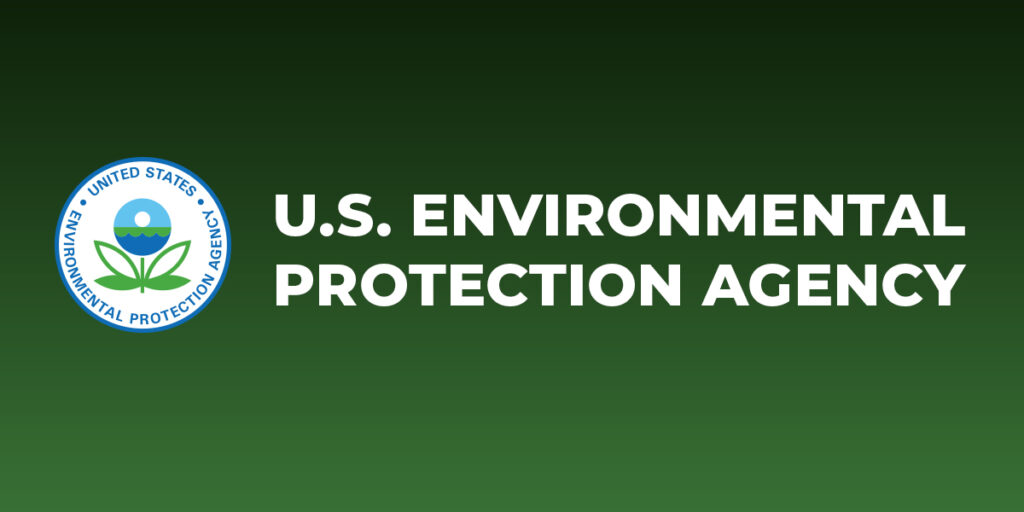 (AGENPARL) - Roma, 3 Ottobre 2023
(AGENPARL) - Roma, 3 Ottobre 2023(AGENPARL) – mar 03 ottobre 2023 Issued: Oct 3, 2023 (2:20pm EDT)
If you wish to unsubscribe please do so
here: http://url6130.epa.mediaroom.com/ls/click?upn=-2BroytcZInNRyuFbAvAoN5aMEQDHIx2RtQl0jT-2FwLgZHafJKm-2F7NYrsKNAZH88rhd98aG2o5sSGIX8iVgGgXwOczi8WNFU0a7GLvUAvQ8R0QCtkuTI4WABymYAm345NQtz5pY_mLoYh0p4AWg4foFr5HgrZ1QioQ33bLwdnQ-2BsYGKFX9mApcfdQmv0-2Bvkdf9kq-2BlYjT8r5t9gAp-2FMGtPsML6njKThILU-2Bk5sInlwJ-2F0b28uZVHf3FS-2FrMoB2saOEjtqVcMSpLfpgTCVERDGUSKKD6lDBxcItkVFesDOvuy8NvTllVUTOmhzdoqA-2Fvccs-2FHEuFxvFKfW623zc133XktegepT1C4a4fZUmNG3a4PA2AABojuQbxBnpsXRL6rZkZbDQOvY8Q9DGLviOBbm8kDiU6GCA-3D-3D
EPA Celebrates Children’s Health Month
U.S. Environmental Protection Agency, Region 7 – 11201 Renner Blvd., Lenexa,
KS 66219
Iowa, Kansas, Missouri, Nebraska, and Nine Tribal Nations
EPA Celebrates Children’s Health Month
LENEXA, KAN. (OCT. 3, 2023) – This October, the U.S. Environmental
Protection Agency (EPA) honors Children’s Health Month by emphasizing the
critical importance of safeguarding children, especially those in vulnerable
populations, from environmental threats in the places they live, learn, and
play.
“Science shows that children are impacted by pollution and long-term
environmental challenges like climate change the most,” said EPA
Administrator Michael S. Regan. “As we observe Children’s Health Month, I
am proud to reaffirm EPA’s commitment to protecting our children’s health
and securing cleaner air, water, and land for future generations.”
Early exposure to environmental pollutants can have lifelong health
implications. Children’s developing bodily systems are more sensitive to
pollutants and their unique behaviors can often expose them more to
environmental hazards. EPA recognizes that children, especially those in
under-resourced communities, are often the most vulnerable to environmental
harm.
In recent months, EPA has advanced programs to protect children’s health
through a variety of actions, including:
A proposal to strengthen lead paint standards will protect against childhood
lead exposure.
A new EPA report quantifies the projected health effects associated with
extreme heat, air quality, changing seasons, flooding, and infectious
diseases, and considers the extent to which these risks disproportionally fall
on children from overburdened populations.
New EPA updates to America’s Children and the Environment (ACE) provide
trends and statistics to evaluate progress towards children’s environmental
health goals.
The establishment of the National Environmental Youth Advisory Council
provides an opportunity for young people between the ages of 16 and 29 to
provide independent advice and recommendations to EPA Administrator Michael S.
Regan on a range of topics that impact their personal and community health and
well-being.
The Biden-Harris administration recognizes the crucial role environmental
health protection plays in helping our children live healthy lives so they
can reach their highest potential. President Biden’s Investing in America
agenda is helping build a future where all children can breathe cleaner air,
drink clean water, and live in healthy neighborhoods through historic
investments in the Bipartisan Infrastructure Law and the Inflation Reduction
Act. Highlights from EPA’s critical investments in children’s health
include:
Funding clean school buses that reduce pollution, save money, and protect
health: Thanks to a $5 billion investment from the Bipartisan Infrastructure
Law, EPA is transforming school bus fleets across the nation, while passing on
cost savings to districts, improving air quality and reducing climate
pollution. Just last week, EPA announced the availability of at least $500
million in funding from the Clean School Bus rebate competition that is
transforming school bus fleets across America and protecting children from air
pollution. This second round of funding will build on the previous nearly $1
billion investment to further improve air quality in and around schools,
reduce greenhouse gas pollution fueling the climate crisis, and help
accelerate America’s leadership in developing the clean vehicles of the
future.
Removing lead in schools and childcare facilities: EPA has announced $58
million in funding to replace millions of lead piping to protect children from
lead in drinking water at schools and childcare facilities. Because of the
Bipartisan Infrastructure Law, activities that remove sources of lead in
drinking water are now, for the first time, eligible to receive funding
through the Water Infrastructure Improvements for the Nation Act (WIIN),
furthering the Biden-Harris Administration’s commitment to deliver clean
water for all communities, especially children in historically marginalized
and low-income communities. This funding can be used to test for lead in
drinking water, identify potential sources, and remove those sources to better
protect our nation’s children.
Addressing air pollution in schools: Up to $37.5 million for grants and other
activities from the Inflation Reduction Act will be on the way this December
to help monitor and reduce indoor air pollution and greenhouse gas emissions
at schools in low-income and disadvantaged communities. EPA will provide
grants to help K-12 schools and school districts serving low-income,
disadvantaged, and Tribal communities, to address environmental issues,
develop school environmental quality plans, mitigate ongoing air pollution
hazards, and improve health and safety for students and staff.
Join us in a celebration of Children’s Health Month. Get involved this
October and learn more about children’s environmental health.
# # #
Learn more about EPA Region 7
To unsubscribe or change your settings click here:
http://url6130.epa.mediaroom.com/ls/click?upn=-2BroytcZInNRyuFbAvAoN5aMEQDHIx2RtQl0jT-2FwLgZFdW2WYdzQmaasDKJ3YChU3KuNit4-2BgHTrvk0CR6U9U5aFvZr8Zn3As-2FRA74NDCpWyjqXDqX3GREenImfwOp8W1ok6PzQS5PLUa0gh-2FglXkqg-3D-3DRyNv_mLoYh0p4AWg4foFr5HgrZ1QioQ33bLwdnQ-2BsYGKFX9mApcfdQmv0-2Bvkdf9kq-2BlYjT8r5t9gAp-2FMGtPsML6njKThILU-2Bk5sInlwJ-2F0b28uZUdtv-2FwxbfPKr4IojvR9T9k8AoEjdaMa-2FNfB9p3HD1-2Bh9rc9Oj7EMzR7TTXn1uqJPor6v4oHJYGVzjW-2BUBKGpMi26ygUQSi3xKHEGO2pOGbENt269M08JgEo4ukUVn2tSRCrdKFw1vPo5ZNkLDNRY5BlOv89f-2Fg8dAvnpUTsXO9zg-3D-3D

